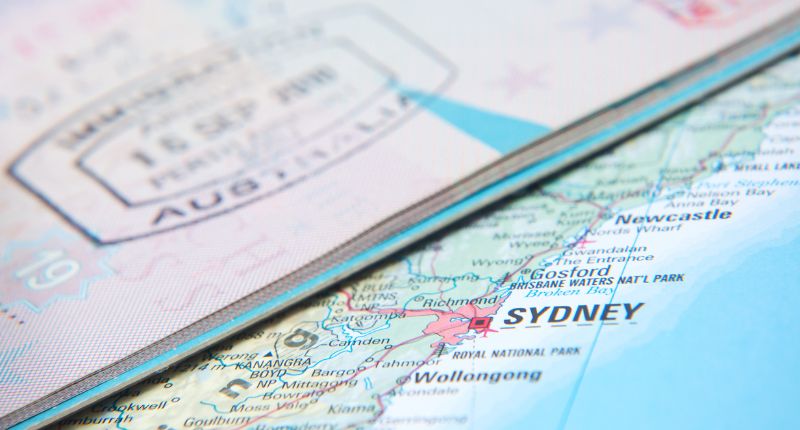- CBRE forecasts record levels of migration post-COVID
- Immigration may worsen housing crisis in Australia
- Housing crisis not solely driven by immigration
A new International Migration Trends report released by CBRE research has projected that net migration in Australia will reach historic highs from 2023 to 2025. Net migration into Australia is estimated to reach 975,000 in 2023-2025, up from Federal Budget estimates of 705,000 from six months ago. The figure primarily comprises newly commencing and returning overseas students, skilled temporary workers, and individuals on working holiday visas.
The Albanese government’s ability to attract migrants and its pro-immigration policies are largely credited for driving this surge in migration.
Australian Migration Components (for year ended March 2023)

In the decade before COVID, net overseas migration accounted for 59% of Australia’s population growth, averaging a little more than 218,000 per annum and peaking at 252,000 in 2018. Australia’s post-COVID recovery has exceeded all expectations, with net migration for the year ending March 2023 rising to 270,050—a 312% increase from the previous year.
Population growth and the potential ripple effect on property
While robust population growth is a crucial ingredient to a healthy economy, a failure to plan for the inevitable increase in demand for housing driven by migration may exacerbate Australia’s current housing crisis.
CBRE report co-author Craig Godber states that “The current national vacancy remains at a near record low of 1.4%, with the major capitals all in severe undersupply. This has resulted in double digit annualised rental growth. With the supply outlook remaining constrained it is difficult to envision any significant relief to tight rental market conditions over the next few years at least.”
Godber predicts Australia’s higher net migration forecast for 2023-2025 will require 408,000 more lodgings. Additionally, 4.46 million more square metres (sqm) of logistics space and 1.18 million sqm of office space will be needed.
COVID’s impact on housing trends
It is important to note that the skyrocketing rents in Australia are not solely caused by migration.
Peter Martin, visiting Business and Economy Editor of The Conversation and a visiting fellow at the Crawford School of Public Policy at the Australian National University, suggests that the rent hike was caused by COVID rather than migration, in his piece on The Converstion.
Average household size (capital cities)

Martin argues that COVID saw no apparent change in the demand and supply of housing— Australia’s population growth was stagnant, with the number of rental properties inching upwards.
However, he notes, that the average number of people per household in capital cities dropped from 2.6 per household to under 2.55, according to data from the Reserve Bank of Australia (RBA). Though the number may seem minuscule at first blush, it translates to 140,000 more residences being required. Naturally, the building industry struggled to respond, given the speed of the change in demand and the skills shortage induced by COVID.
RBA’s head of economic division, Luci Ellis, believes COVID lockdowns and restrictions triggered this trend, telling The Conversation’s Peter Martin that here, the number of Australians living in group houses dropped. With space becoming a luxury, individuals elected to move out and live with just one person, potentially a romantic partner.








